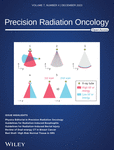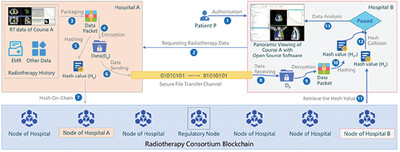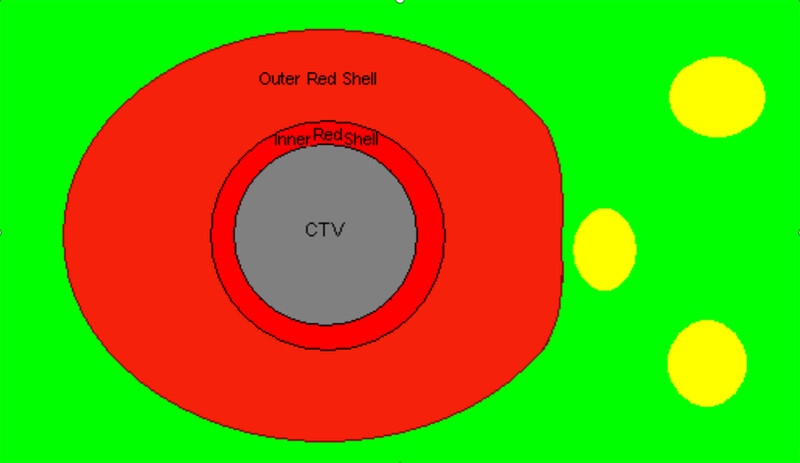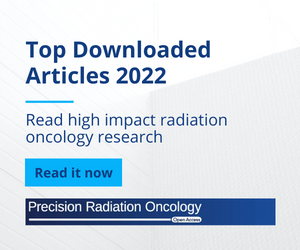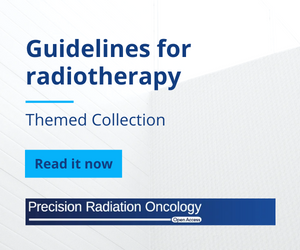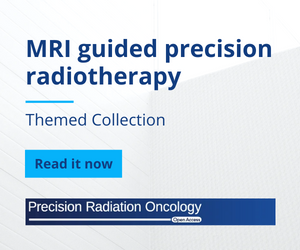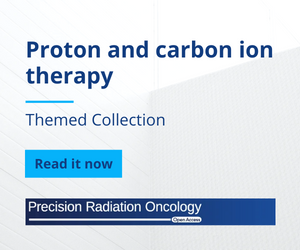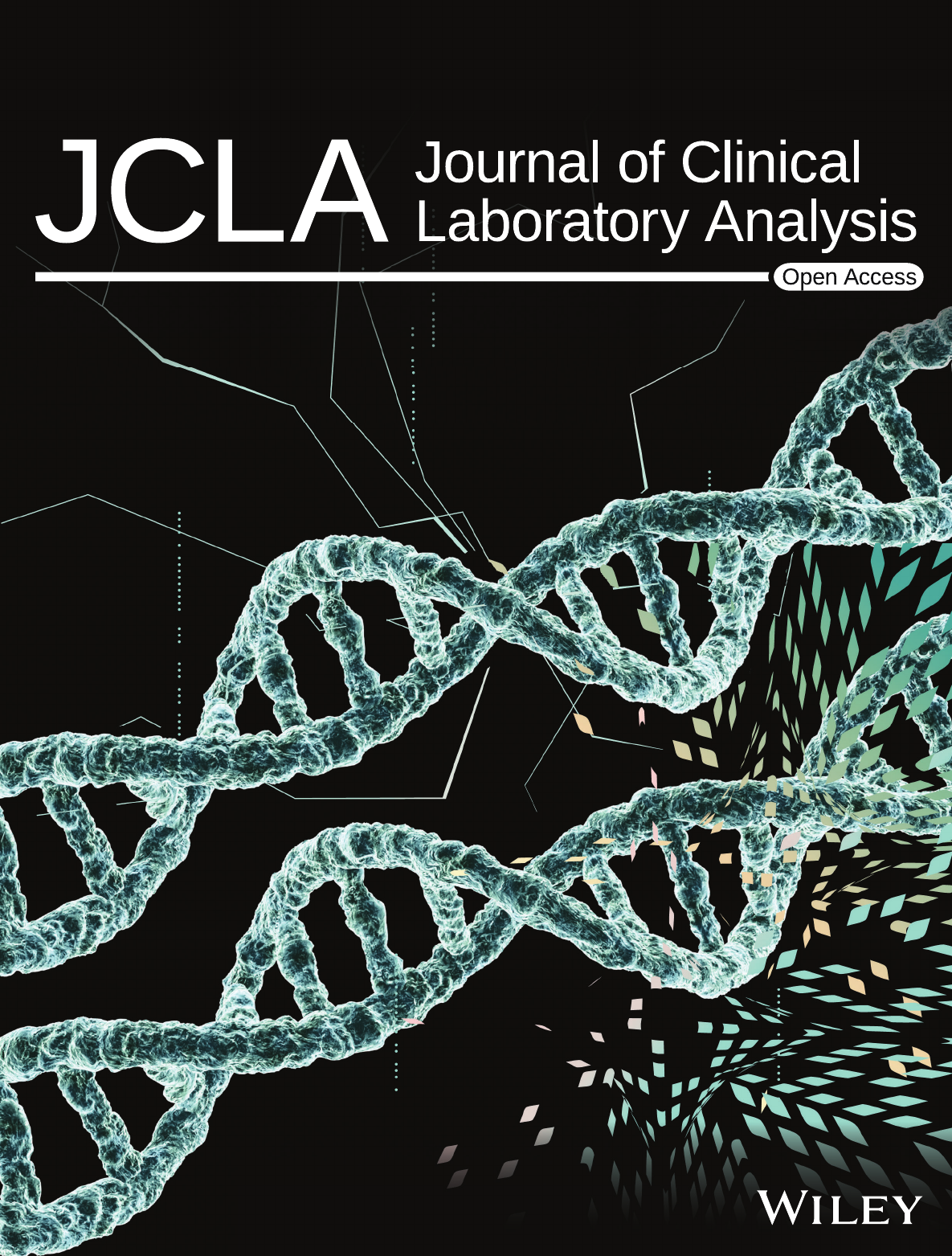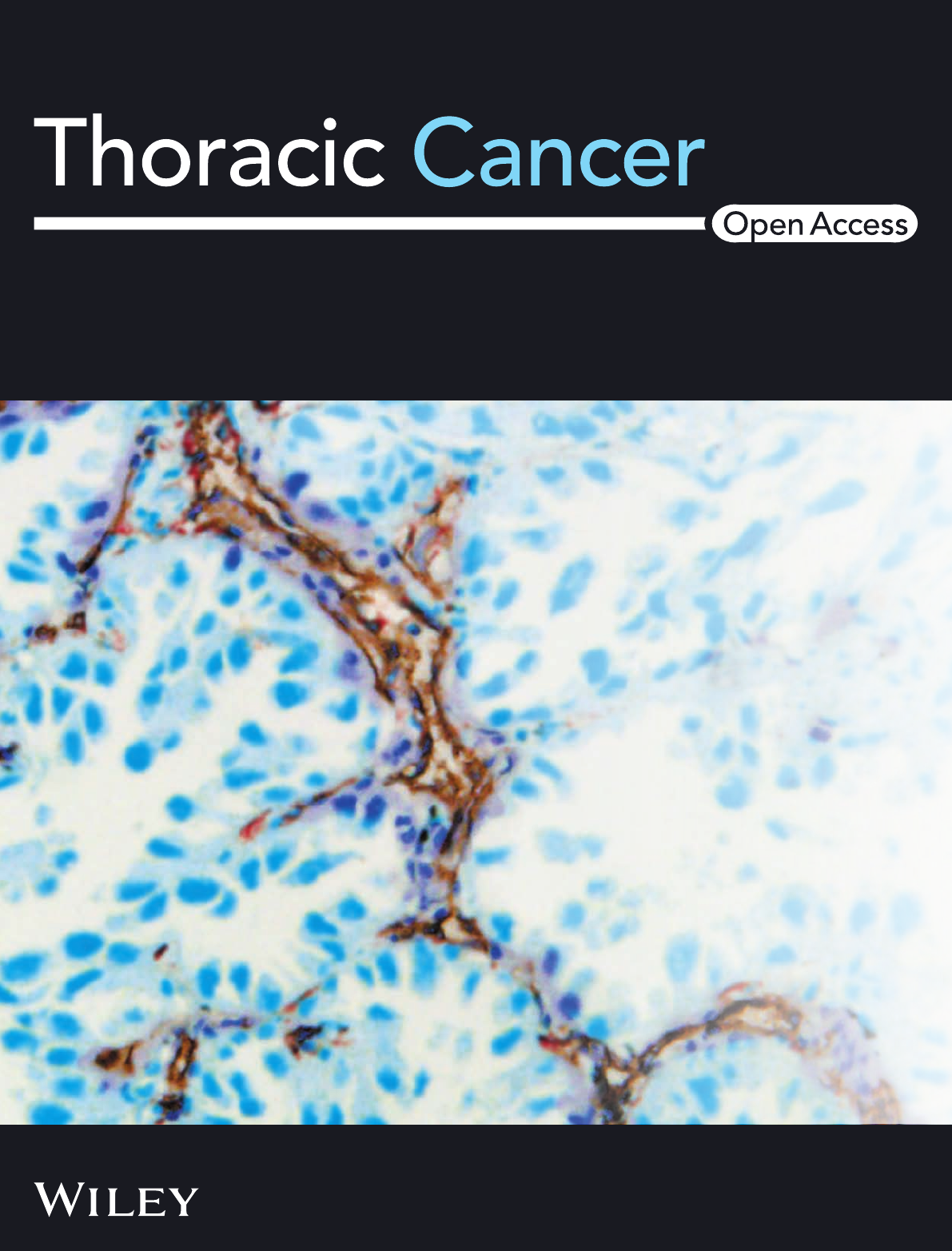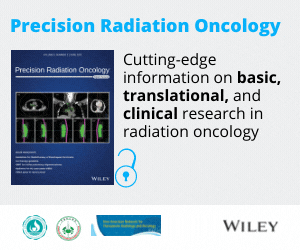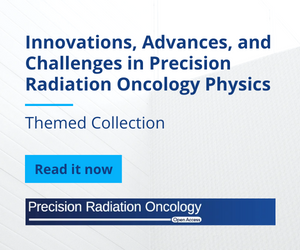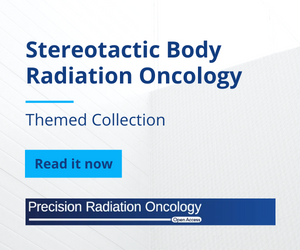Journal list menu
Export Citations
Download PDFs
ISSUE INFORMATION
EDITORIAL
Editorial: Innovations, advances, and challenges in precision radiation oncology physics
- Pages: 222-224
- First Published: 06 December 2023
CLINICAL GUIDELINE
Chinese clinical practice guidelines for the prevention and treatment of radiation-induced esophagitis
- Pages: 225-236
- First Published: 20 September 2023
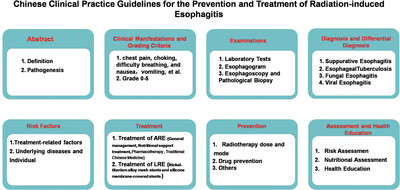
1 Overview
Definition
Pathogenesis
2 Clinical Manifestations and Grading Criteria
Clinical Manifestations: ARE: foreign body sensation when swallowing, followed by pain when eating or swallowing saliva, and gradually progressing to persistent retrosternal pain unrelated to swallowing, chest pain, choking, difficulty breathing, and nausea and vomiting. LRE: esophageal strictures or motility changes, subsequent difficulty swallowing or pain.
Grading Criteria: Grade 0-5
3 Examinations
Laboratory Tests
Esophagogram
Esophagoscopy and Pathological Biopsy
4 Diagnosis and Differential Diagnosis
Diagnosis
Differential Diagnosis: Suppurative Esophagitis, Esophageal Tuberculosis, Fungal Esophagitis, Viral Esophagitis
5 Risk Factors
Treatment-related factors: Radiation dose and dose-volume factors, Radiotherapy Techniques, Radiation fractionation, Concurrent Chemoradiation, Chemotherapy Regimens, Radiotherapy Combined with Targeted Drug Therapy, Radiotherapy Combined with Immune Checkpoint Inhibitors
Underlying Diseases and Individual Factors: gastroesophageal reflux disease, diabetes, hypertension, ECOG score, Laboratory indicators, nutritional status.
6 Treatment
Treatment of ARE: General management, Nutritional support treatment, Pharmacotherapy, Traditional Chinese Medicine (TCM) Treatment of LRE: Nickel-titanium alloy mesh stents and silicone membrane-covered stents
7 Prevention
Radiotherapy dose and mode
Drug prevention: Amifostine, GM-CSF, Glutamine,Others
8 Assessment and Health Education
Risk Assessment
Nutritional Assessment
Health Education
Chinese clinical practice guidelines for the prevention and treatment of radiation-induced rectal injury
- Pages: 237-255
- First Published: 25 December 2023
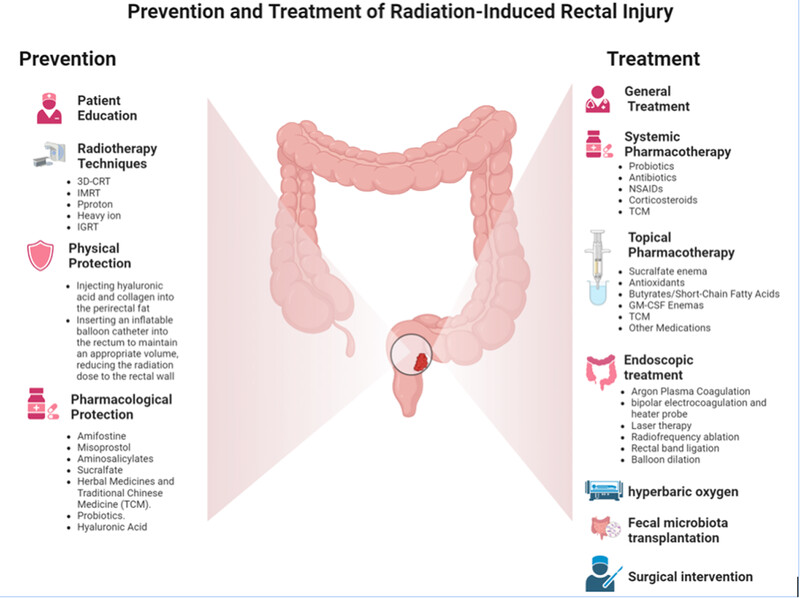
The implementation of efficient preventative measures can improve the quality of life. Preventive measures mainly focus on patient education, optimization of radiotherapy techniques (such as IMRT, IGRT, et al.), physical protection measures (injecting hyaluronic acid and collagen, inflatable balloon catheter), and pharmacological interventions (such as amifostine, misoprostol, sucralfate, et al.). Treating radiation-induced intestinal injury requires collaboration among a multidisciplinary team. Treatment options include observation, medication (systemic drugs, such as probiotics, antibiotics, NSAIDS, corticosteroids and topical enema drugs, such as sucralfate, antioxidants, GM-CSF, et al.), hyperbaric oxygen therapy, endoscopic treatment, and surgical treatment.
ORIGINAL ARTICLE
Comparison of Rapid Arc and Intensity Modulated Radiotherapy in a True Beam Linear Accelerator for 6 MV: Application of AAPM TG-119 tests in treatment planning and quality assurance
- Pages: 256-267
- First Published: 29 November 2023
REVIEWS
Blockchain + Radiotherapy: The Scenarios of the 5G-Enabled Smart Radiotherapy Era
- Pages: 268-272
- First Published: 29 November 2023
Red shell- high risk normal tissue in stereotactic radiosurgery
- Pages: 273-277
- First Published: 25 December 2023
Is there an optimal time to administer postoperative stereotactic radiosurgery in patients with brain metastases? A systematic review of the literature and meta-analysis
- Pages: 278-285
- First Published: 03 December 2023
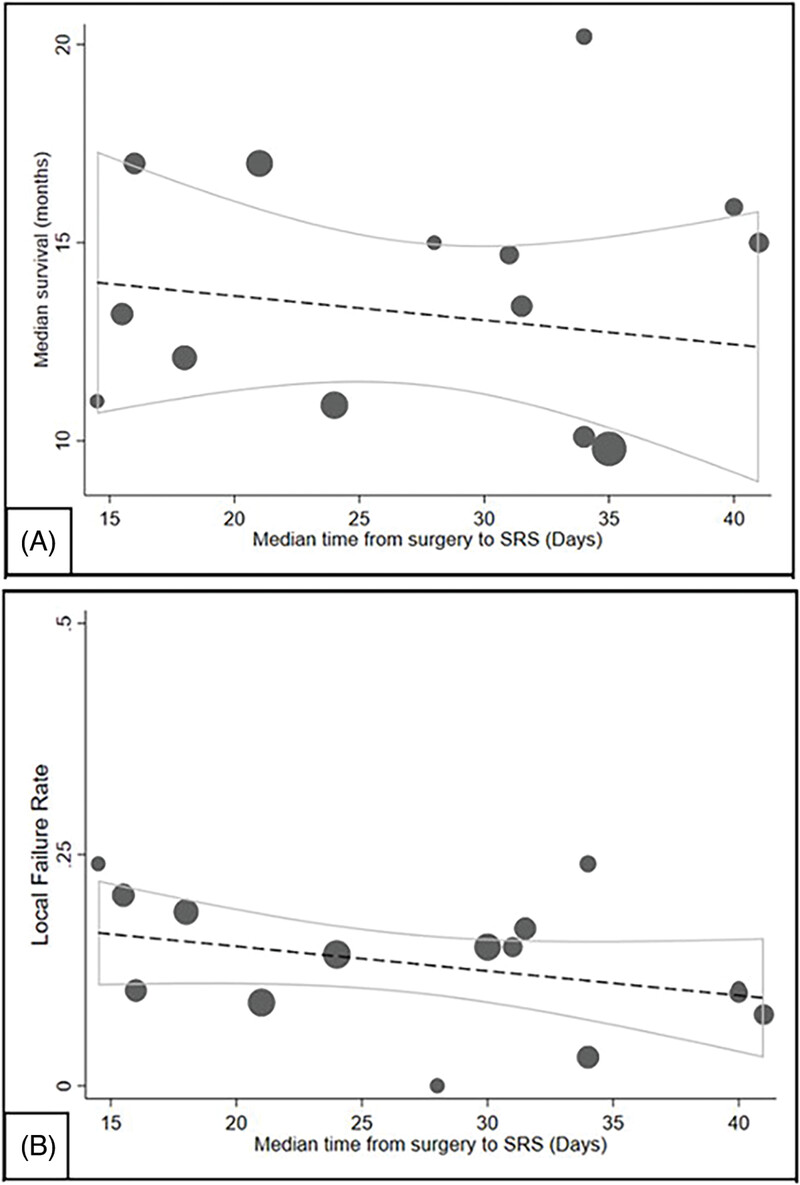
Postoperative stereotactic radiosurgery improves local tumor control in patients with metastatic brain cancer. However, the influence of timing on its therapeutic efficacy is unclear. In this study, we performed a meta-analysis and systematic literature review examining publications that reported the timing of postoperative SRS for patients with intracranial metastases. Our primary outcomes included median overall survival and rates of local and regional failure, while secondary outcomes examined the incidence of treatment-related adverse events. Correlations between median SRS timing and these variables were assessed using linear regression and publication bias was appraised via Egger's test. Our study resulted in 22 articles comprising 1338 patients. The median timing of adjuvant SRS spanned 14.5 to 41 days. There was a significant negative study-level correlation of median time to SRS with regional failure (p=0.043, R2=0.32) but not with overall survival (p=0.54, R2=0.03) or local failure (p=0.16, R2= 0.14). Additionally, there was significant heterogeneity within the reports (p<0.0001). In conclusion, our analysis demonstrated that postoperative SRS timing did not influence local failure rates which may in part be due to significant variability between individual study designs and patient demographics. Further research is warranted to elucidate the role of timing for postoperative SRS on oncologic outcomes.
Dual-Energy CT in Breast Cancer: Current Applications and Future Outlooks
- Pages: 286-294
- First Published: 01 December 2023
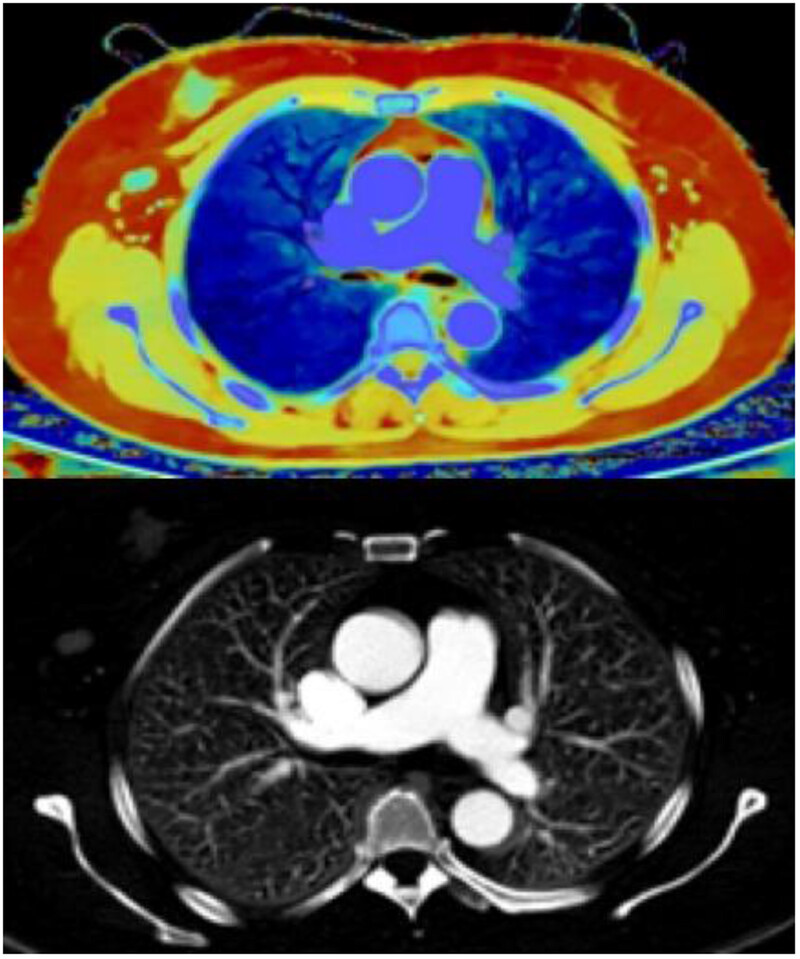
Dual-energy CT (DECT) is a new imaging technology integrating functional imaging and molecular imaging. DECT can provide 12 categories of energy parameter image analysis, from which we can obtain multiple parameters to help us find diseases, differential diagnosis and predict prognosis and so on. DECT can be used as a supplementary noninvasive method for breast cancer, and it has great value in the diagnosis, treatment strategy and prognosis prediction of breast cancer in the future.




